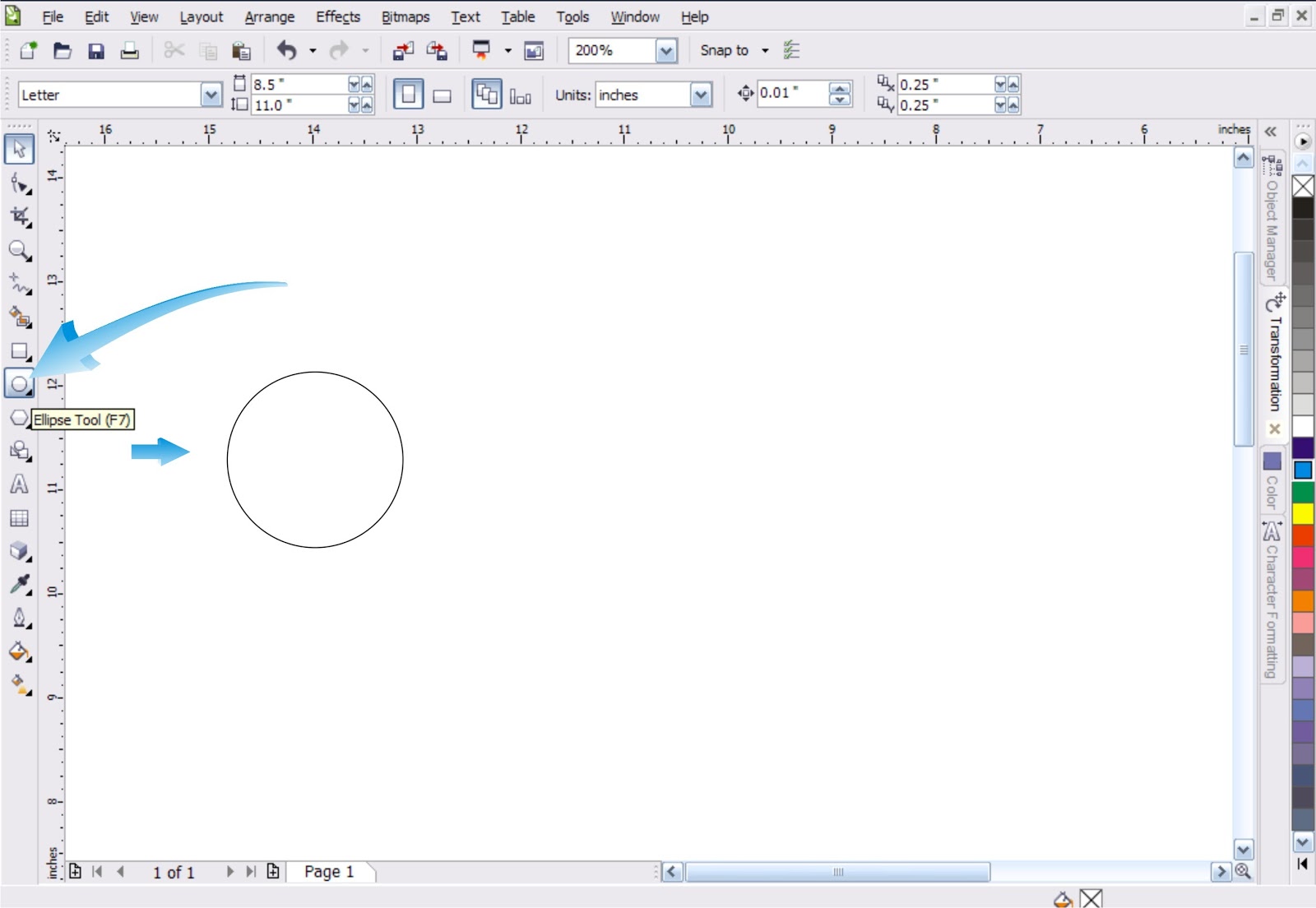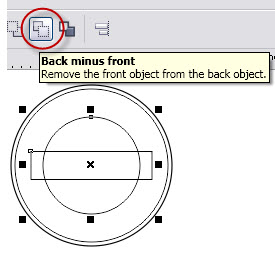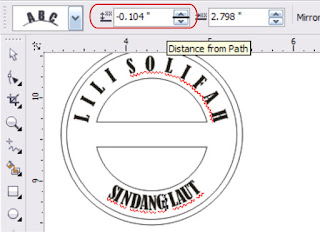More than in computer role-playing games, combat in D&D still has some elements of monsters and events being there for dramatic effect. But while the story-telling and dramatic effects very much depend on the DM and the players, the underlying combat rules provide a solid base of game mechanics, which would work just as well in a computer game. Understanding how this system works and what consequences the game mechanics have for strategy and tactics enables players to be more successful, and DMs to run better battles.
Now 4th edition D&D combat rules show a clear influence of MMORPG combat systems, and that is something that previous editions didn't have. While D&D combat always had heavily armored fighters in the front rank and glass cannon mages in the back, in 4th edition the tanks gain some forms of "taunt"-like abilities for aggro control. And like in MMORPGs, combat healing is now more prominent. All this has as consequence that classic MMORPG "holy trinity" tactics play a bigger role in D&D 4E combat than in previous editions.
Combat in D&D is nearly always a group activity. And in 4th edition in most cases the monsters also come as a group. Especially the introduction of minions, monsters with just 1 hitpoint, enables DMs to create encounters which look a lot more dramatic from the start due to the presence of lots of monsters. This group vs. group concept of combat has tactical consequences, because the two groups aren't equal: In a standard combat all or nearly all of the players should be alive at the end of combat, and all of the monsters dead. But as the monsters don't die all at once, this implies that combat is getting easier for the group as they eliminate their enemies one by one.
The best tactics for a player group usually is to eliminate the minions first, with AoE spells and abilities if available. Then the players should concentrate their fire on one opponent after the other, because every monster gone is making the next round of combat easier to survive. But as D&D 4E combat is highly tactical, using a battle grid, movement limitations, zones of control, and all that, players usually can't all hit the same mob. Often it is better to to engage in some crowd control: A fighter "tanking" one mob while the group kills another monster. Or the mage using spells like sleep to keep some mobs busy.
One important tactical decision by the players is which powers to use. At-will powers have the least effect, but are not used up. Encounter powers can only be used once per combat, and daily powers only once per day. As players don't know how the combat will evolve, and whether they will have more combats that day, they are sometimes reluctant to use their encounter and daily powers. If the players don't know the monsters, and are unsure which of them pose what sort of a threat, it is understandable that they might want to start with at-will powers to not waste their good powers on weak monsters and later regret not having it for a stronger opponent. But even if you start the first round of combat with an at-will power to see how it goes, it is generally best to use encounter and daily powers early in combat. The faster the players take out the first mobs, the easier the combat gets for them.
In principle the same tactics are true for the DM playing the monsters. Only that "winning" the combat isn't actually the DMs goal. A wipe, usually called "TPK" for total party kill in D&D parlance, represents a major setback in the story for both the players and the DM. It shouldn't be impossible, especially not if the players did something stupid to get into that mess. But as the DM controls the number and strength of all monsters, killing the players can't be a challenge for him, because he would always be able to do so by pulling enough of them out of his hat. Instead the challenge for the DM in combat is to provide the players with a tactical challenge and dramatic effects that make the combat memorable for the players, but not necessarily lethal. Having a player dead once in a while isn't bad, and adds to the drama, but a TPK isn't really a desirable outcome.
Fortunately understanding of tactics works both ways. Without having to fudge dice or use Deux Ex Machina events, a DM can moderate combat by having his mobs act more or less tactically intelligent. There is always an excuse for artificial stupidity: Not every goblin, wolf, or bandit is likely to be a tactical genius, so using tactics that are unlikely to kill the group is perfectly justifiable. And fortunately the desire to not kill the group and the desire to make combat dramatic for everybody are not incompatible with each other: Having the mobs spread out their attacks and wounding everybody a little instead of concentrating their fire can feel more dramatic for the players, while actually being less dangerous for them.
Combat needs to make sense to the players, and it is best if there is a certain visible logic behind the decisions the DM takes when running his monsters. For example D&D 4E "taunts" aren't absolutely forcing monsters to attack the tank. But it usually is a good idea to treat them as such, so as to make taunting work as intended. In many battles it probably would be possible for the mobs to ignore the the tank and all concentrate on the healer to take him out first, but that would make combat rather frustrating for the healer and then the other players. If the players make a reasonable effort to keep their squishier members protected, the DM shouldn't go out of his way to destroy that plan. But making combat logical also means that if the group plays carelessly and the mage ends up being a front line combatant, the DM shouldn't hesitate to have several mobs attack him to make the consequences very visible to him.
The DM not being out to "win" and kill the party also means that he should be lenient on rule calls if the players try out something non-standard. The goal is for everybody to have fun, and to create a good story, so the rogue swinging over the battlefield on a chandelier isn't something the DM should discourage. In fact it is probably a good idea to run combat on maps containing various pieces of furniture, obstacles, and other stuff that can influence the fight, so as to encourage the players to try other stuff than just using their standard powers. Of course that doesn't mean you should allow the mage to single-handedly win the whole battle with a simple cantrip. Thus him casting Ghost Sound to create a dragon's roar behind the enemy could be ruled to give a combat advantage for one round while the enemy is distracted, but not to make all monsters run away.
Personally I do like the D&D 4th edition combat system. It is more likely than previous editions to let all players participate in having entertaining and dramatic battles, because everybody has "spells" now. And with positioning being so important now, it becomes possible for the same group to fight similar monsters twice and get battles with a very different feel, depending on the geography and features of the location. And in some way combat is auto-regulating, becoming easier through monsters being killed, while players are becoming more worried over the damage accumulating on them. If players consider every fight tough and dramatic, that is a lot better than the MMORPG habit of thinking "let's go and kill a hundred mobs to grind some xp". In D&D the story is the purpose, the entertainment, and not "winning".
Now 4th edition D&D combat rules show a clear influence of MMORPG combat systems, and that is something that previous editions didn't have. While D&D combat always had heavily armored fighters in the front rank and glass cannon mages in the back, in 4th edition the tanks gain some forms of "taunt"-like abilities for aggro control. And like in MMORPGs, combat healing is now more prominent. All this has as consequence that classic MMORPG "holy trinity" tactics play a bigger role in D&D 4E combat than in previous editions.
Combat in D&D is nearly always a group activity. And in 4th edition in most cases the monsters also come as a group. Especially the introduction of minions, monsters with just 1 hitpoint, enables DMs to create encounters which look a lot more dramatic from the start due to the presence of lots of monsters. This group vs. group concept of combat has tactical consequences, because the two groups aren't equal: In a standard combat all or nearly all of the players should be alive at the end of combat, and all of the monsters dead. But as the monsters don't die all at once, this implies that combat is getting easier for the group as they eliminate their enemies one by one.
The best tactics for a player group usually is to eliminate the minions first, with AoE spells and abilities if available. Then the players should concentrate their fire on one opponent after the other, because every monster gone is making the next round of combat easier to survive. But as D&D 4E combat is highly tactical, using a battle grid, movement limitations, zones of control, and all that, players usually can't all hit the same mob. Often it is better to to engage in some crowd control: A fighter "tanking" one mob while the group kills another monster. Or the mage using spells like sleep to keep some mobs busy.
One important tactical decision by the players is which powers to use. At-will powers have the least effect, but are not used up. Encounter powers can only be used once per combat, and daily powers only once per day. As players don't know how the combat will evolve, and whether they will have more combats that day, they are sometimes reluctant to use their encounter and daily powers. If the players don't know the monsters, and are unsure which of them pose what sort of a threat, it is understandable that they might want to start with at-will powers to not waste their good powers on weak monsters and later regret not having it for a stronger opponent. But even if you start the first round of combat with an at-will power to see how it goes, it is generally best to use encounter and daily powers early in combat. The faster the players take out the first mobs, the easier the combat gets for them.
In principle the same tactics are true for the DM playing the monsters. Only that "winning" the combat isn't actually the DMs goal. A wipe, usually called "TPK" for total party kill in D&D parlance, represents a major setback in the story for both the players and the DM. It shouldn't be impossible, especially not if the players did something stupid to get into that mess. But as the DM controls the number and strength of all monsters, killing the players can't be a challenge for him, because he would always be able to do so by pulling enough of them out of his hat. Instead the challenge for the DM in combat is to provide the players with a tactical challenge and dramatic effects that make the combat memorable for the players, but not necessarily lethal. Having a player dead once in a while isn't bad, and adds to the drama, but a TPK isn't really a desirable outcome.
Fortunately understanding of tactics works both ways. Without having to fudge dice or use Deux Ex Machina events, a DM can moderate combat by having his mobs act more or less tactically intelligent. There is always an excuse for artificial stupidity: Not every goblin, wolf, or bandit is likely to be a tactical genius, so using tactics that are unlikely to kill the group is perfectly justifiable. And fortunately the desire to not kill the group and the desire to make combat dramatic for everybody are not incompatible with each other: Having the mobs spread out their attacks and wounding everybody a little instead of concentrating their fire can feel more dramatic for the players, while actually being less dangerous for them.
Combat needs to make sense to the players, and it is best if there is a certain visible logic behind the decisions the DM takes when running his monsters. For example D&D 4E "taunts" aren't absolutely forcing monsters to attack the tank. But it usually is a good idea to treat them as such, so as to make taunting work as intended. In many battles it probably would be possible for the mobs to ignore the the tank and all concentrate on the healer to take him out first, but that would make combat rather frustrating for the healer and then the other players. If the players make a reasonable effort to keep their squishier members protected, the DM shouldn't go out of his way to destroy that plan. But making combat logical also means that if the group plays carelessly and the mage ends up being a front line combatant, the DM shouldn't hesitate to have several mobs attack him to make the consequences very visible to him.
The DM not being out to "win" and kill the party also means that he should be lenient on rule calls if the players try out something non-standard. The goal is for everybody to have fun, and to create a good story, so the rogue swinging over the battlefield on a chandelier isn't something the DM should discourage. In fact it is probably a good idea to run combat on maps containing various pieces of furniture, obstacles, and other stuff that can influence the fight, so as to encourage the players to try other stuff than just using their standard powers. Of course that doesn't mean you should allow the mage to single-handedly win the whole battle with a simple cantrip. Thus him casting Ghost Sound to create a dragon's roar behind the enemy could be ruled to give a combat advantage for one round while the enemy is distracted, but not to make all monsters run away.
Personally I do like the D&D 4th edition combat system. It is more likely than previous editions to let all players participate in having entertaining and dramatic battles, because everybody has "spells" now. And with positioning being so important now, it becomes possible for the same group to fight similar monsters twice and get battles with a very different feel, depending on the geography and features of the location. And in some way combat is auto-regulating, becoming easier through monsters being killed, while players are becoming more worried over the damage accumulating on them. If players consider every fight tough and dramatic, that is a lot better than the MMORPG habit of thinking "let's go and kill a hundred mobs to grind some xp". In D&D the story is the purpose, the entertainment, and not "winning".




















